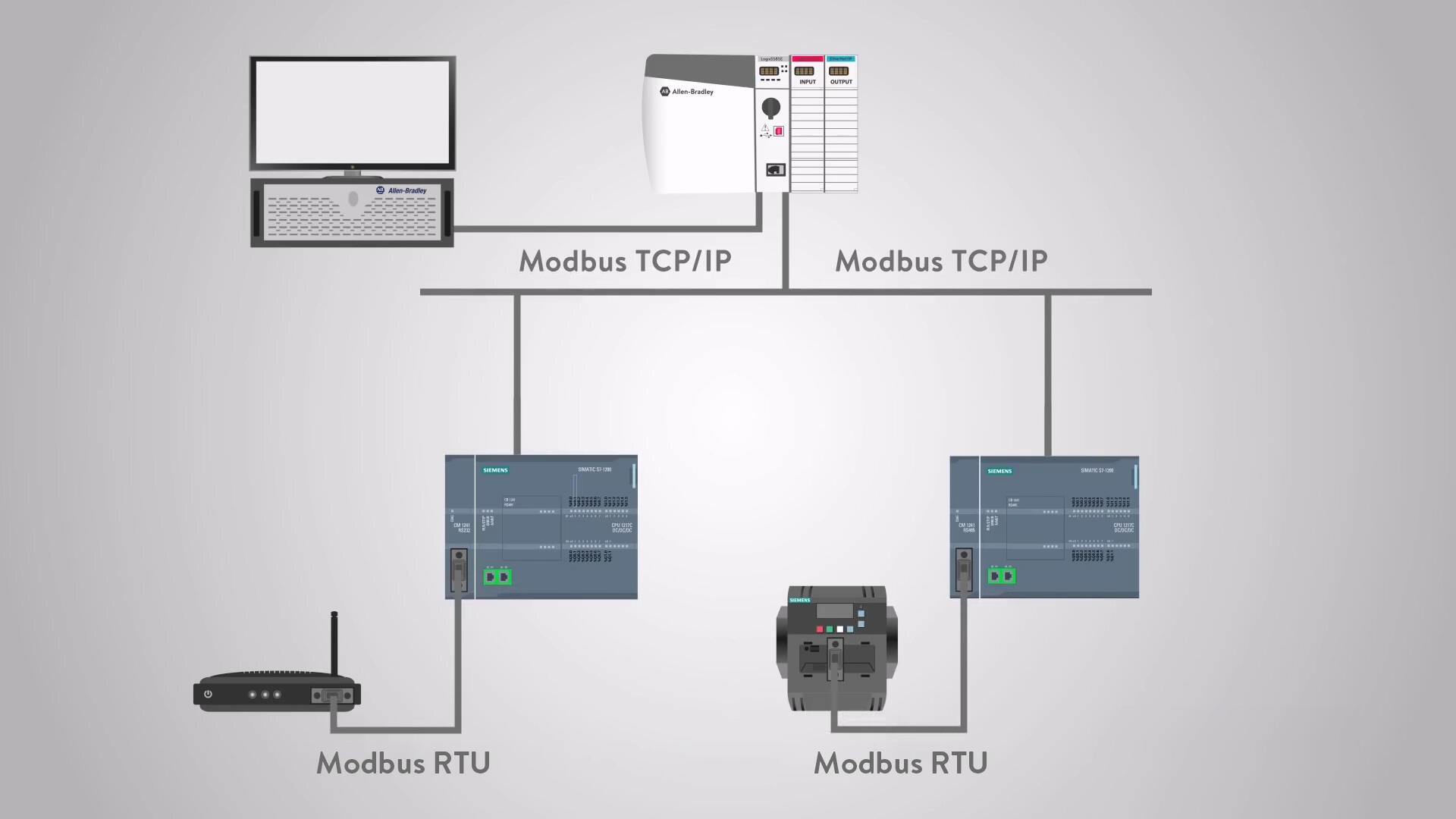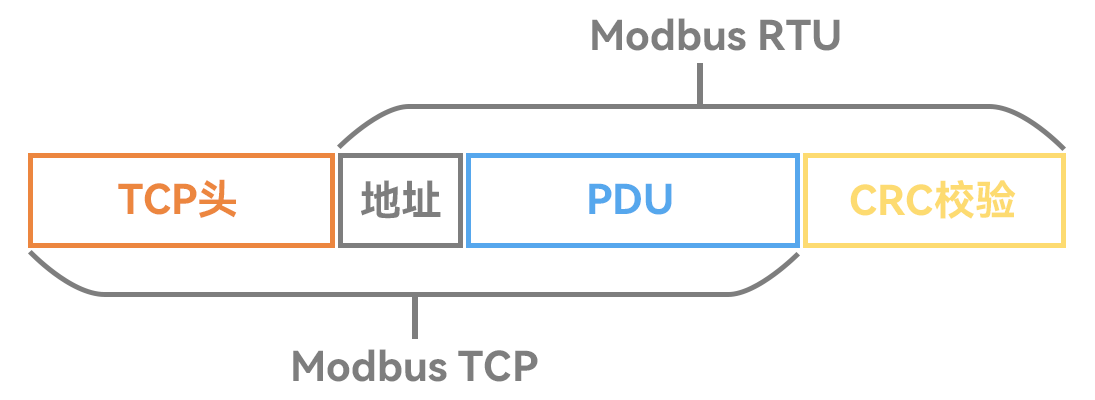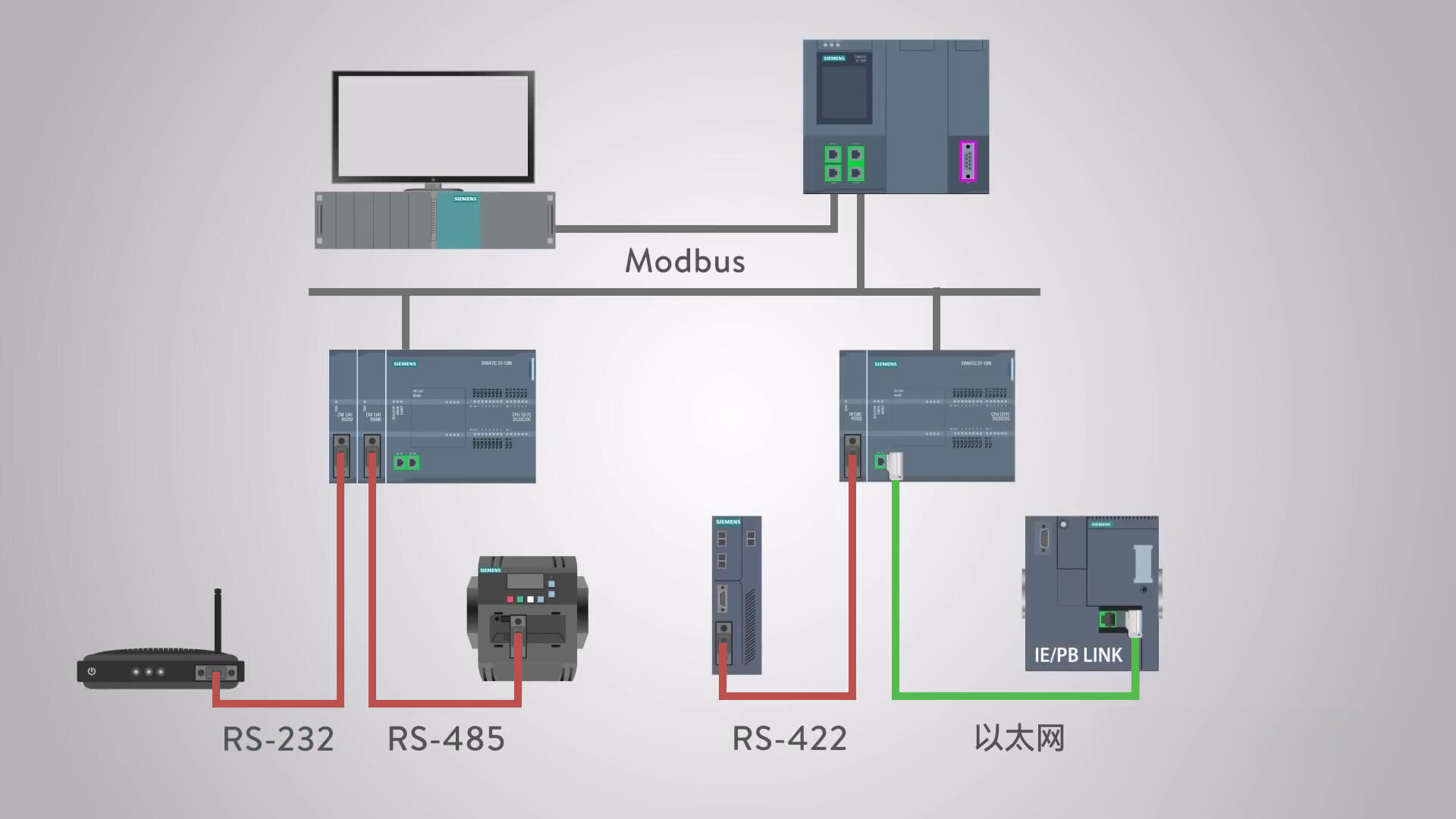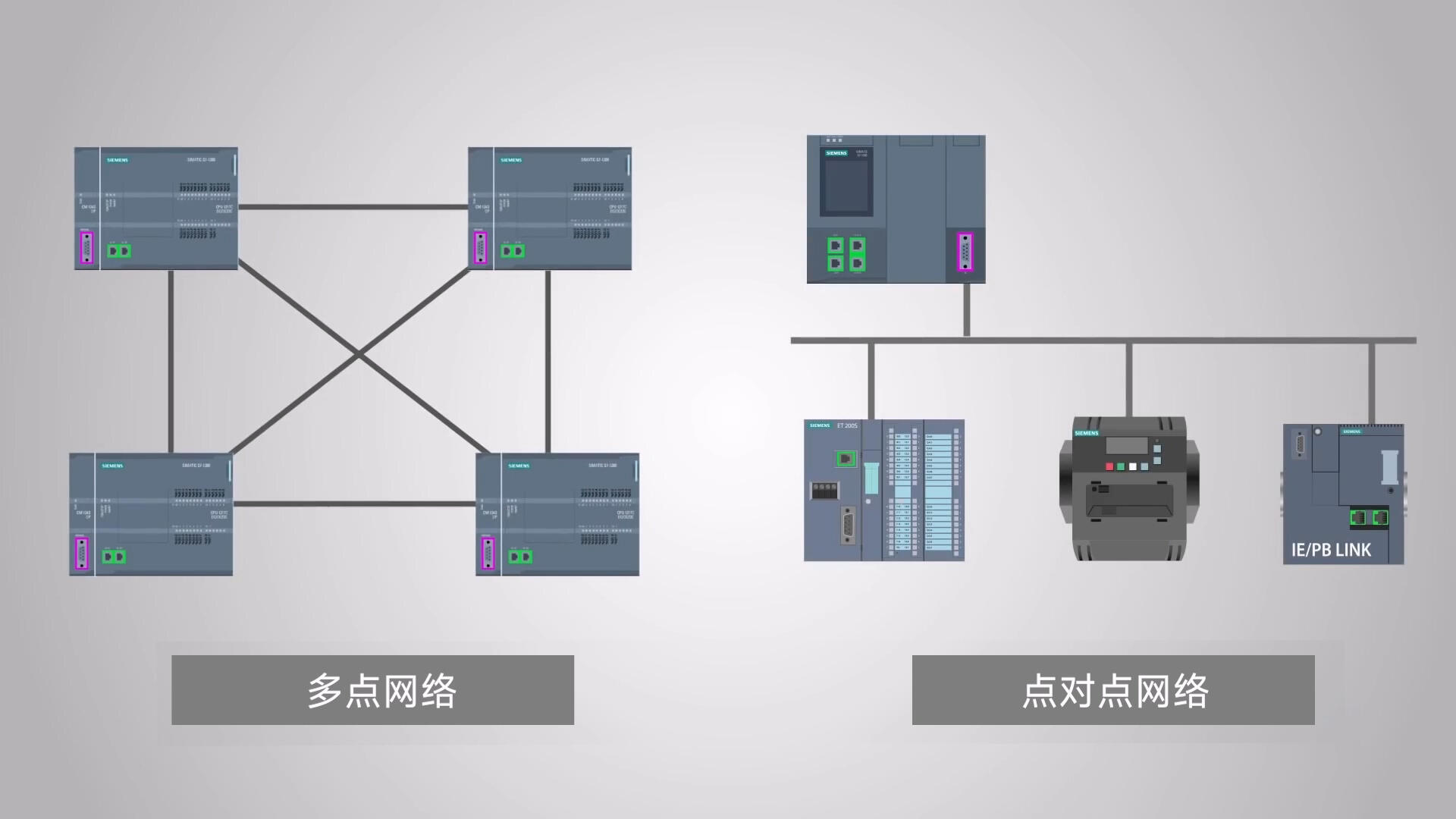In the field of industrial automation, data transmission between devices is crucial, and the Modbus protocol, as a communication standard, is widely used in various automation systems. There are two common variants of the Modbus protocol: Modbus RTU and Modbus TCP. The following article will explore the differences between the Modbus RTU and Modbus TCP protocols in detail.
1. Physical layer
Modbus RTU adopts a serial communication method and uses an RS-232 or RS-485 interface for data transmission. It uses binary encoding to achieve communication. In contrast, Modbus TCP uses Ethernet-based communication and uses the TCP/IP protocol stack to transmit data on the network.

2. Rahmenstruktur
Modbus RTU verwendet ein kompaktes Binärformat, um Datenrahmen zu kapseln. Jeder Datenrahmen enthält Felder wie Slave-Adresse, Funktionscode, Daten und Fehlerprüfung. Modbus TCP verwendet eine TCP/IP-basierte Nachrichtenstruktur, um Modbus-Datenrahmen in TCP-Nachrichten zu kapseln und diese dann über das IP-Netzwerk zu übertragen.

3. die Übertragungsrate
Da Modbus RTU auf serieller Kommunikation basiert, ist die Übertragungsrate durch die Leistung der seriellen Schnittstelle begrenzt. Normalerweise ist die Übertragungsrate von Modbus RTU niedrig und liegt zwischen einigen tausend Bits pro Sekunde (bps) und einigen zehn Kilobits pro Sekunde (kbps). Im Gegensatz dazu verwendet Modbus TCP Ethernet als physikalisches Medium und unterstützt höhere Übertragungsraten, die die Standardrate von Ethernet erreichen können, wie z. B. 10Mbps, 100Mbps oder 1Gbps.

4. die Verbindungsmethode
Modbus RTU adopts a point-to-point connection method, which is a one-to-one communication mode. A master station can connect to multiple slave stations, but can only communicate with one slave station at a time. In contrast, Modbus TCP uses an IP-based client-server model and supports many-to-many connections. Multiple clients can communicate with one Modbus TCP server at the same time.

5. Netzwerk-Abhängigkeiten
Modbus RTU does not rely on network infrastructure, can communicate over a simple serial connection, and is suitable for relatively small local area networks. Modbus TCP relies on the TCP/IP network, requires reliable network infrastructure support, and is suitable for larger-scale distributed systems.
6. Security of Modbus RTU and Modbus TCP
The security is vary between Modbus RTU and Modbus TCP protocols. Modbus RTU does not have a built-in security mechanism, and communication data is not encrypted, so it is vulnerable to security threats. Modbus TCP can take advantage of TCP/IP security features, such as encryption and authentication, to provide higher security.
Zusammenfassend
To sum up, Modbus RTU and Modbus TCP have significant differences in many aspects. The choice of which protocol to use depends on the specific application requirements and network environment. If it is simple point-to-point communication or a smaller-scale system, Modbus RTU may be more suitable. And for distributed systems or environments that require high-speed transmission, Modbus TCP is a better choice. In practical applications, choosing the appropriate protocol according to system requirements and network conditions can ensure the stability, security and performance of communication.